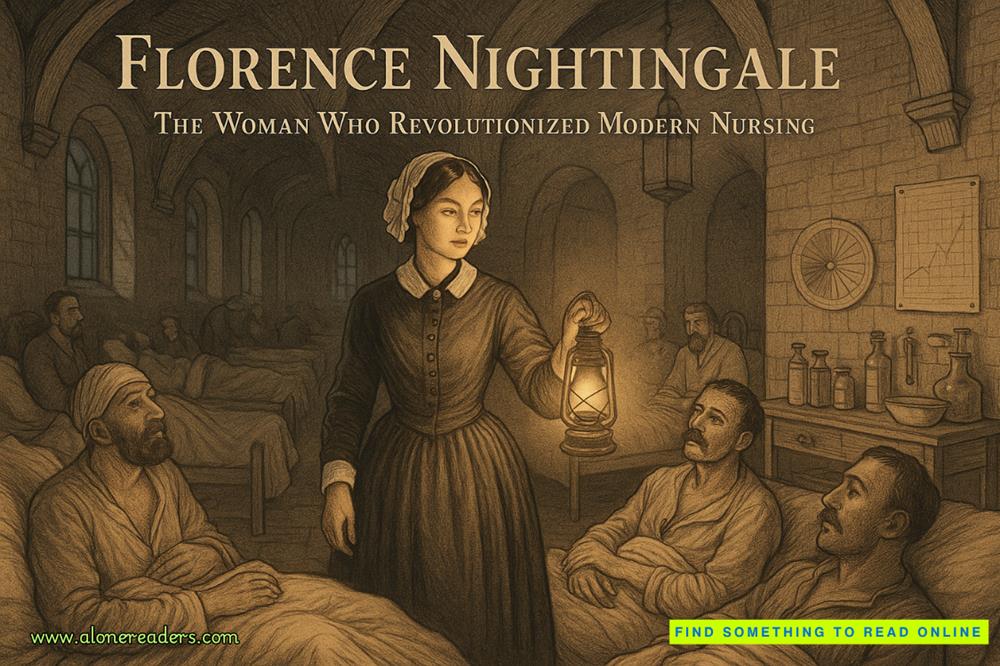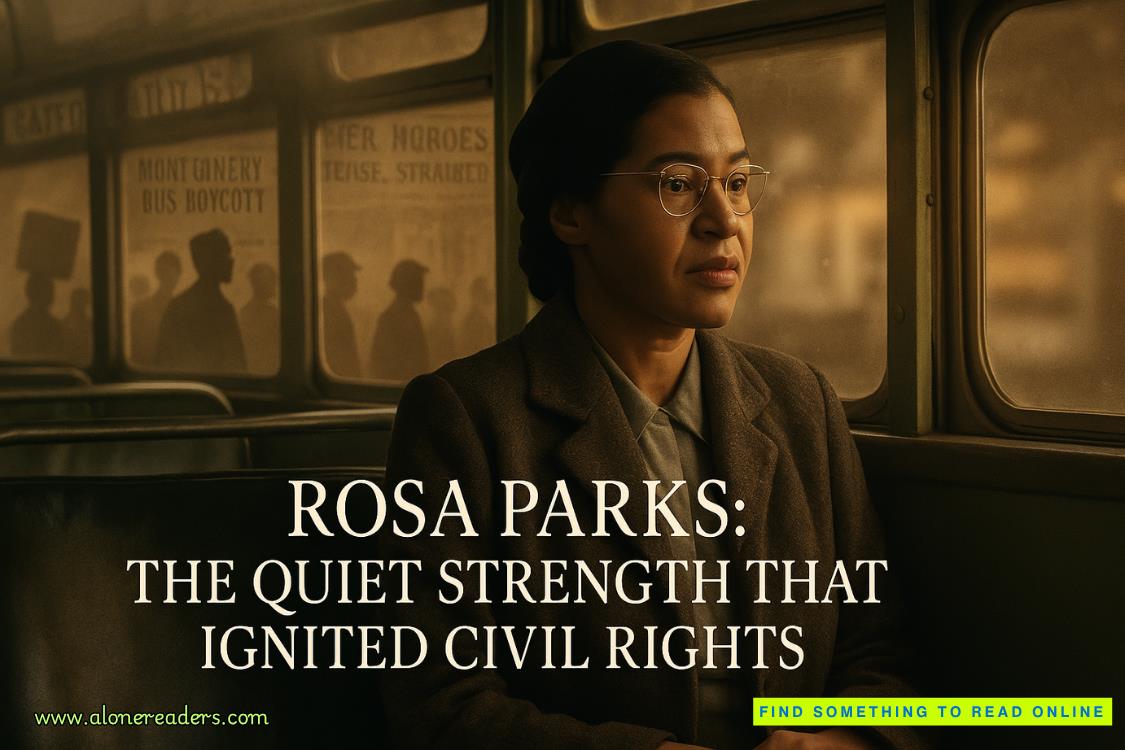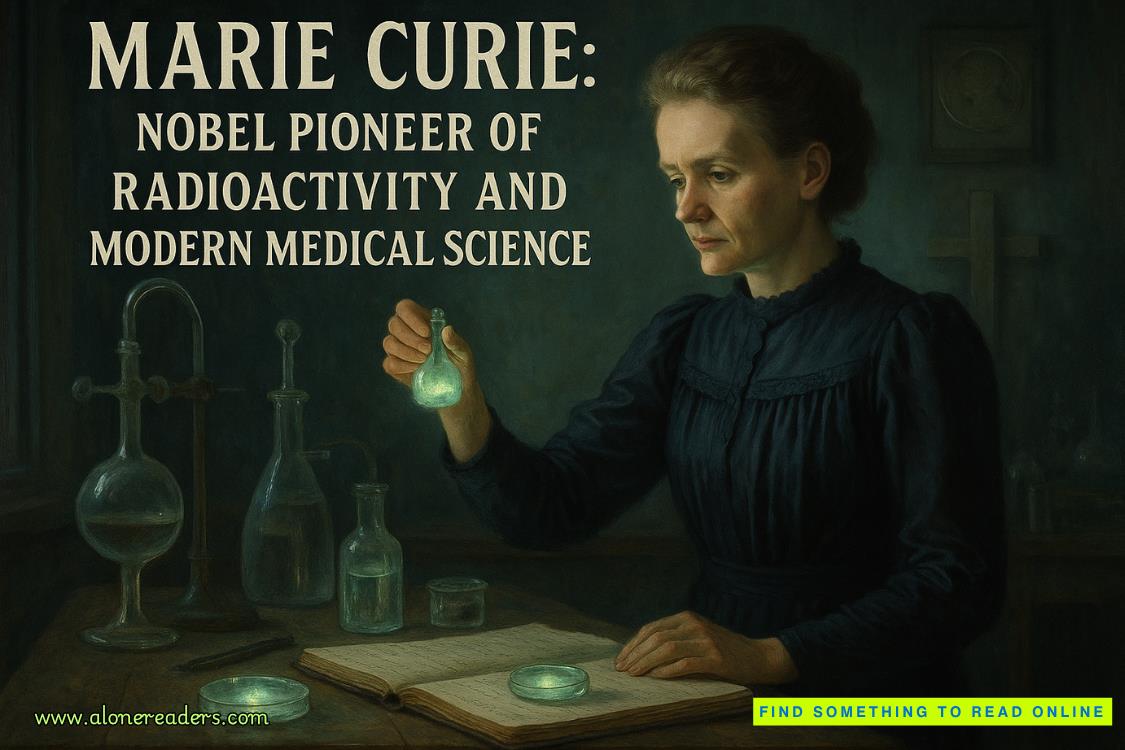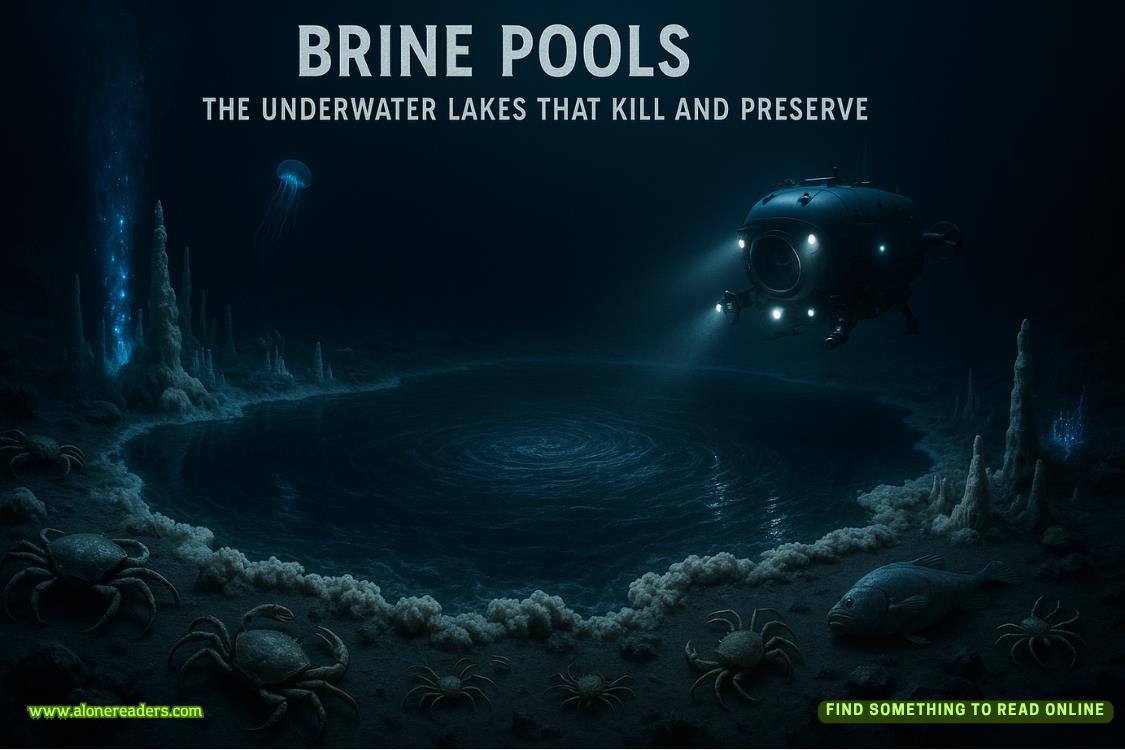Page 155 of Heartless Legacy
But I know Thea, and telling her she can’t do what she’s thinking about doing is just going to make her do it without us.That’snot safe. “I don’t like the idea of you spending time with Wade Bishop either. We don’t know that Hailee’s had any interaction with his father since leaving Canyon Falls.” Before she can turn her anger at me, I say, “But we do need to look into this clue. Let’s do some digging into this place and come up with a solid plan to get you close to him, complete with contingencies in place for if he tries to run off with you like Pax did.”
Kendall huffs in annoyance. “As I’ve told Thea, I’ll authorize a team to go to Connecticut to look into this place for her.”
“Withher.” I say, correcting the flaw in his plan. “Any recon mission should include Thea, or she’ll just sneak off to Connecticut on her own.”
Now Kendall directs his anger at me. I ignore him, kiss Thea on the top of her head and scoop up my gym bag to head to my room. We all want to keep Thea safe, but this is her mother we’re talking about. Letting her be involved as much as possible is the only way to keep her from running head first into danger.
Finn
Holden and I flew to Connecticut this morning to scope out Rock Mountain Rehabilitation and Treatment Facility. I’m pretending I’m here to get information for my great aunt who has a drinking problem. If great-aunt Olivia ever heard that’s the story I was telling, she’d twist my ear for using her name in my scheme, and then scold me for not actually bringing her with me to act out the role. She loves the theater.
Nurse Hillcrest is walking us around the public spaces. The next stop on our guided tour will be the recreation room. The brochure says it’s a structured living facility and the patients aren’t confined to their rooms. We’ve been on this floor for five minutes and I have yet to see any of those patients.
I peer around the door. “Is this also the arts and craft room for the patients who aren’t being treated for addictive behaviors?”
“Heaven’s no,” she says, “We keep our treatment residents separate from our lifestyle residents.”
“What’s the difference?” Holden asks, moving into the room.
“Our treatment residents, as the name suggests, are here for treatment for their trauma or chemical imbalances. They’ve reached a point in their lives where intensive therapy is needed. Our lifestyle residents are those who come to us to learn tools to help them function outside of the habits they’ve developed which enslave them to their chosen vices.”
I lean in close, following up Holden’s question with another of my own. In a conspiratorial whisper, I ask, “Do you ever get residents that fit both scenarios? Say someone comes in for their addiction and they also need intensive therapy because they refuse to deal with past incidents in their life, which were the catalyst for their addiction?”
She gives me an understanding smile. “We do. That’s the beauty of our facility. We can tailor our program to match our resident’s needs on an individual basis.”
“Would they live on the treatment side or lifestyle side?”
“It depends on if we’re made aware of these challenges ahead of time. If we are, we start them on the treatment floor, in a secure room while they detox. They have twice weekly counseling sessions, and when they show they’re committed to counseling, we transition them to lifestyle accommodations.”
Holden goes to stand over by a window and asks, “How long is the residency agreement?”
“That also varies from one person to the next. We have some programs that last for thirty days. Others, three to six months. As for treatment residents, some have been here for years, a few for decades.”
“Decades?” I repeat.
“That’s right. We don’t put a time limit on helping our residents become their best selves. Although most of those are in our incarceration wing.”
“I love that the plans are individualized.” I smile at her and say, “My great-aunt Olivia is a lovely woman, she just… well, I think we can both agree drinking at nine am is excessive. I’m just sorry we all pretended it wasn’t a problem for as long as we did. Some of our family still don’t want to upset her, because of the many times she’s threatened to cut them out of the will. I’d rather her be healthy enough that no one can contest her will based on incompetency when she passes. Twenty-five million and a few properties are on the line.”
A buzzer sounds, and a woman wearing a crisp business suit enters the hallway from a door with a security lock. I watch as she hastily shoves a slip of paper into her pocket. The nurse greets her with a smile. “Hello, Pamela.”
“Hello Nurse Hillcrest. Giving a tour?”
“Yes. This is Geoff Musgrove. He’s touring our facilities for his aunt. The family is working on getting her treatment for her dependence on alcohol. Geoff, this is Pamela Thatcher, our administrator.”
Pamela says, “We have the best lifestyle treatment program on the east coast. Have you seen our discussion rooms yet?”
I shake my head and she says, “I’d love to show you. It’s not uncommon for our first time residents to be unreceptive to counseling, so we provide an environment that’s less sterile. Some look like living rooms, other gaming centers. We have them tailored to match certain hobbies and personality types, but each one is designed to put the resident at ease.”
“And how do you decide which room is best?” I ask.
“We have the family fill out a questionnaire before we do the admittance interview.”
“It’s all based on what the family says?”
“Absolutely. Our residents are here for treatment. In the early days or weeks, maybe even the first month, they’re unreliable. They’re likely to put anything or nothing at all on their paperwork, and sabotage treatment before it even begins.”
“Do all family members get a say in treatment? How do you deal with conflicting or competing agendas between families?”















